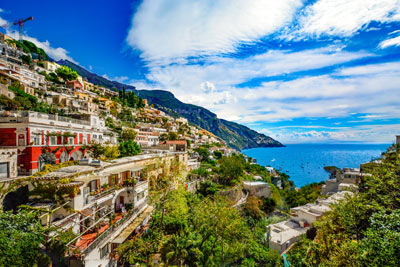Italian Wedding Traditions
ItalianWedding Traditions
ItalianWedding Traditions
Traditions
 Many Italian Americans desire a wedding which reflects their native heritage. You must understand where relatives and ancestors may have originated from to plan the wedding reflecting your heritage. We have included many traditions from Italy. Please feel free to contact us with your comments, and any other traditions which you would like us to include. Enjoy!
Many Italian Americans desire a wedding which reflects their native heritage. You must understand where relatives and ancestors may have originated from to plan the wedding reflecting your heritage. We have included many traditions from Italy. Please feel free to contact us with your comments, and any other traditions which you would like us to include. Enjoy!
Religious Information
Italy is primarily comprised of native-born citizens. The primary religion is Roman Catholic. The other religious groups are Protestant, Muslim and Judaism
Most Italian weddings are Roman Catholic, and are usually conducted during the morning.
Food & Music
The common theme and focal point at an Italian wedding is the food. Symbolic foods for good luck include twists of fried dough, powdered with sugar ‘bow ties‘, and an Italian wedding candy ‘confetti‘ of almonds covered with candy. In Italy, either a roasted baby pig (porchetta) or roasted baby lamb (bacchio), depending on region, may be served, accompanied by two pasta dishes and assorted fresh fruit. As a symbol of the essence of marriage, newlyweds hand out sugared almonds representing the bitter and the sweet in life.
Gina Tripi shared this tradition with us:
At traditional Italian weddings, there is generally a dessert table with a large cake made of Italian cookies. A cookie dance is started much like a line dance where the bride and groom lead guests dancing around the reception area, and then over to the cookie cake where each person takes a cookie. The non-dancers can then take cookies also.
Marriage Arrangements
Many Italian marriages were arranged by the family of the couple. A male relative of the groom would go to the father of the bride and ask for her hand. A masciata (matchmaker) in some cases would send a message to the prospective bride’s family of the man’s intent. Once the families were in agreement, the official engagement was announce.
The bride would prepare a trouseau of household items, clothing and sometimes clothes for her future husband. Her family would provide her a dowry consisting of monetary and possibly domestic goods.
Today the bride is showered by her friends and relatives, and the groom celebrates with his friends and relatives at a stag party.
Wedding Traditions
A traditional Italian wedding is a festival for all the invited guests. The bridal veil worn by the bride was a symbol of virginity. Her face was covered because she had never “known” a man before.
The wedding day would begin with a Mass in the morning. The couple leaves the wedding and rides back to their families’ neighborhoods. The couple spends quiet time together while the guests are preparing the reception site for the newlyweds.
Before the banquet begins, sweet liquors are served to the women and strong drinks are served to the men. The reception consists of dancing and feasting until the wee hours of the morning.
A traditional wedding circle dance at the reception, called the Tarantella, would be joined by all.
The bridal couple usually provides a favor of pottery, porcelain or glass with candies included, wrapped in tulle.
In small Italian villages, the newlywed couple would walk through the town plaza greeting friends, neighbors and relatives after the wedding.
The people in the village would set up a sawhorse, a log and a double handled saw. The newlyweds must saw the log apart with the prompting and cheering of the crowd. When the job is finished and the log cut, it symbolized that the man and woman must work together in all of life’s tasks.
Planning
Coming Soon
Checklists
Coming Soon
Tips
Coming Soon
Dresses
Coming Soon
Cakes
Coming Soon
Resources and References
Special thanks to Lois Pearce, Master Bridal Consultant of Hamden, Connecticut, for her time and energy gathering the majority of information used here. We also wish to thank the Association of Bridal Consultants for their assistance.
Please note that the information contained in this category should be considered general in nature. We believe it to be a true and accurate representation of some of the customs and traditions for this country or religion. Information provided by individuals and organizations is assumed to be correct.
You are welcome to email us at join@weddingdetails.com with any suggestions for changes, additions or deletions.
